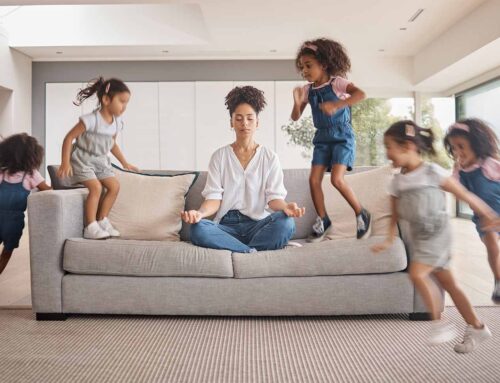Nonverbal communication is the process of sending and receiving messages without using words. It can include things like facial expressions, body language, gestures, tone of voice, and even the way we dress.
Nonverbal communication is often more powerful than verbal communication. In fact, studies have shown that up to 93% of all communication is nonverbal. This means that the way we say something is often more important than what we actually say.
There are many different types of nonverbal communication. Here are a few of the most common:
- Facial expressions: Facial expressions are one of the most important forms of nonverbal communication. They can be used to express a wide range of emotions, including happiness, sadness, anger, and fear.
- Body language: Body language can also be used to express a wide range of emotions. For example, crossing our arms can indicate that we are feeling closed off or defensive, while making eye contact can indicate that we are interested in what someone is saying.
- Gestures: Gestures are another form of nonverbal communication that can be used to emphasize our words or to express emotions. For example, we might use a thumbs-up gesture to express approval or a hand gesture to indicate that we want someone to stop talking.
- Tone of voice: The tone of our voice can also convey a lot of information. For example, a sarcastic tone of voice can indicate that we are being ironic, while a gentle tone of voice can indicate that we are being kind.
- Dress: The way we dress can also send nonverbal messages. For example, dressing in a suit and tie can indicate that we are professional, while dressing in casual clothes can indicate that we are relaxed and informal.
Nonverbal communication is an important part of human interaction. It can help us to build rapport with others, to express our emotions, and to get our message across. By understanding the different types of nonverbal communication, we can improve our communication skills and build stronger relationships.
Here are some tips for improving your nonverbal communication skills:
- Pay attention to your own nonverbal communication. The first step to improving your nonverbal communication skills is to become more aware of your own nonverbal behavior. Pay attention to the way you make eye contact, the way you hold your body, and the tone of your voice.
- Be aware of the nonverbal communication of others. Once you are more aware of your own nonverbal communication, you can start to pay attention to the nonverbal communication of others. This will help you to better understand their emotions and intentions.
- Use nonverbal communication to complement your verbal communication. When you are communicating with someone, use nonverbal communication to complement your verbal communication. This will help to make your message more clear and persuasive.
- Be aware of cultural differences in nonverbal communication. Different cultures have different norms for nonverbal communication. For example, in some cultures, it is considered rude to make direct eye contact, while in other cultures, it is considered a sign of respect. Be sure to be aware of cultural differences in nonverbal communication before you communicate with someone from another culture.
By following these tips, you can improve your nonverbal communication skills and become a more effective communicator.
If you are serious about learning, then one-on-one classes at OrbRom Center are the best way to go. Our experienced teachers will help you achieve your academic goals. Contact us TODAY.
Welcome to OrbRom Centre
Choosing learning support for your child is one of the most important decisions you will make, and I welcome you to discover more about why OrbRom is the best option in Phnom Penh.

H. Sophaneth B.Ed, M.Ed





Leave A Comment